With the introduction of crowdfunded Kickstarter game projects, Steam Greenlight, digital distribution stores padded with indie games on all of the current-gen consoles and casual games flooding mobile devices, the video game market is the biggest and most diverse it has ever been.
So it comes with some surprise to look back at the numbers and realize that the opposite is happening with the larger publishers – that is, rather than saturating the market with as many titles as possible, they are consolidating themselves; pumping more time, money, and manpower into creating a few major blockbuster hits.
Realistically, it probably should not have come as such a shock. Video games are a multi-billion dollar industry, made up of businesses all over. Concepts such as leaner, more effective production impact all businesses, all the way down to the most impersonal calculations of which titles will get the most bang for your buck… and which simply won’t see the light of day at all.
The richest games are getting richer.
“The winners have gotten massive,” says Doug Creutz, analyst at stock research firm Cowen & Company
And that is what is happening. The biggest consoles and PC games – usually those new titles that are part of an established franchise with the “slickest” production values – are posting record-breaking sales figures.
This month, Rockstar North’s Grand Theft Auto V release has been an exemplary hallmark – arguably the most expensive game ever made is raking in the cash, having made $1 billion in sales after only 3 days, and smashing records for fastest-selling video game in history.
This is happening across the board. The most popular games like Call of Duty, Halo, Assassin’s Creed, or top sports games like FIFA and Madden have the biggest development budgets, the biggest fan bases, and are getting a bigger portion of the sales. According to market research company NPD Group, the top 20 games in 2012 accounted for 41% of total American game sales in stores – nearly double what they had a decade earlier.
The industry is making fewer games, concentrating player spending. A growing trend in DLC, digital goods, and other add-on content squeezes out a little more money per game sold. Lastly, the biggest, most popular online games are the ones that attract the most people, since players are attracted to bigger pools of opponents.
Fewer games means higher stakes.
About half as many new games were released in American stores in 2012 compared to 2008, says NPD. Electronic Arts sold 67 different titles in stores in 2009, whereas in its last fiscal year, it sold 13. With fewer games being released, game makers must get more sales out of those titles that do make the cut.
To offset the higher costs of releasing blockbuster titles – and fewer blockbuster titles, at that – more money has to be taken out of the consumer with each game. EA sells its marquee titles such as the FIFA soccer games, at the standard price of $60 each, but in addition, games can enhance their game experience by spending more online to compose fantasy teams of their favorite superstars. For its last fiscal year, EA reported its digital revenue from FIFA as more than $200 million – a 95% increase from the year before.
With incentives like these, publishers have very little reason to back ambitious new projects if the tried and true are selling well. And then there’s the sheep syndrome.
The WoW effect draws more people to bigger online games.
This is a phenomenon that is seen not only in the online arena. After all, how many of the millions of GTA V sales this month were from hardcore fans, and how many were just buying into the mass hype for a new title that everyone else is talking about? How many people bought a Wii and played it for longer than two months before the novelty wore off? But it is a truth that bigger, more popular games draws more people – in a way that cannot be simply attributed to pure marketing power.
With the growth of multiplayer gaming, competition is an even more important aspect of gaming than ever before. Players converge online to compete against one another, making bigger games bigger through the benefit of what economists call the network effect, and what gamers simply call one aspect of the WoW effect – everyone jumps on the bandwagon because that’s where everyone else is.
As Nick Wingfield states in his New York Times article:
“Analysts say people buy Call of Duty not only because it is a consistently high-quality game, but also because their friends and others are playing it on the Internet. Mr. Creutz of Cowen and Company says he believes that is a dynamic not present with movies, even blockbusters like “Avatar.”
“You don’t have that online networking effect” with movies, he said. “My enjoyment of ‘Avatar’ is really independent of everyone else’s enjoyment of ‘Avatar.’ ””
Still, in spite of all this money pouring in from high-budget blockbuster sales, the video game industry as a whole is suffering an overall decline in retail sales. Last year, video games generation $7.09 billion in retail sales, 39% less than their peak in 2008 according to NPD estimates.
Some of this is attributable to the fact that players are spending more time with cheaper/free games and the amounts of revenue generated from these games are not enough to offset the amounts lost from bigger, more traditional video games.
The release of the new PlayStation and Xbox should boost the comparatively low sales, since game sales traditionally slow the longer a system is out and revive when a new one is introduced. But the release will also stand as a test to see whether console game sales have been permanently dented by the increased number of ways that consumers play games, thereby making it even more important that blockbuster franchises showcase the consoles’ capabilities to potential buyers.
That doesn’t sound very promising for if you’re on the lookout for an entirely new game formula from the big name publishers. It looks like creativity and new innovations may be resting more solidly on indie releases than we thought.



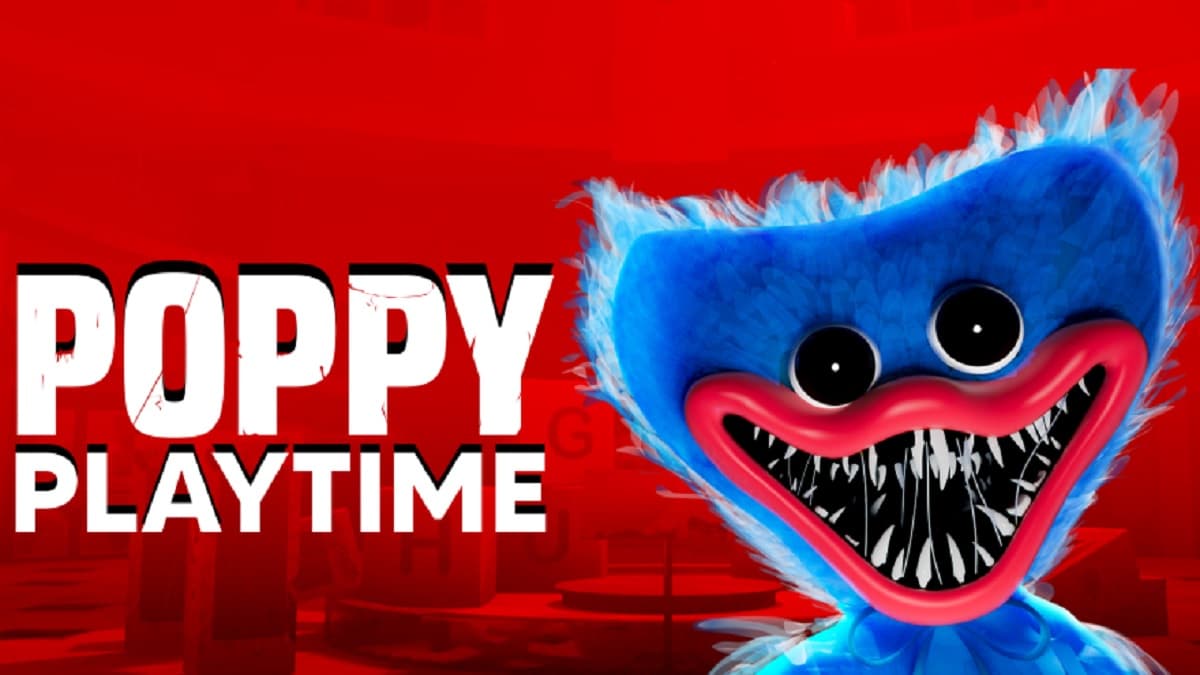
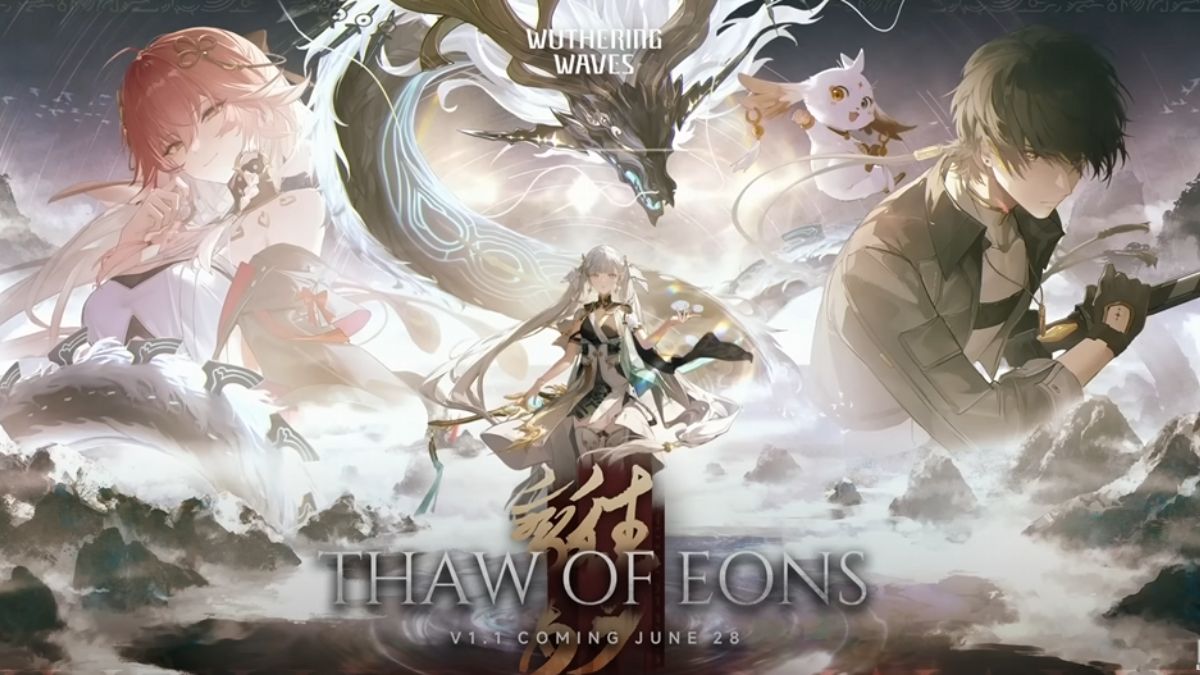
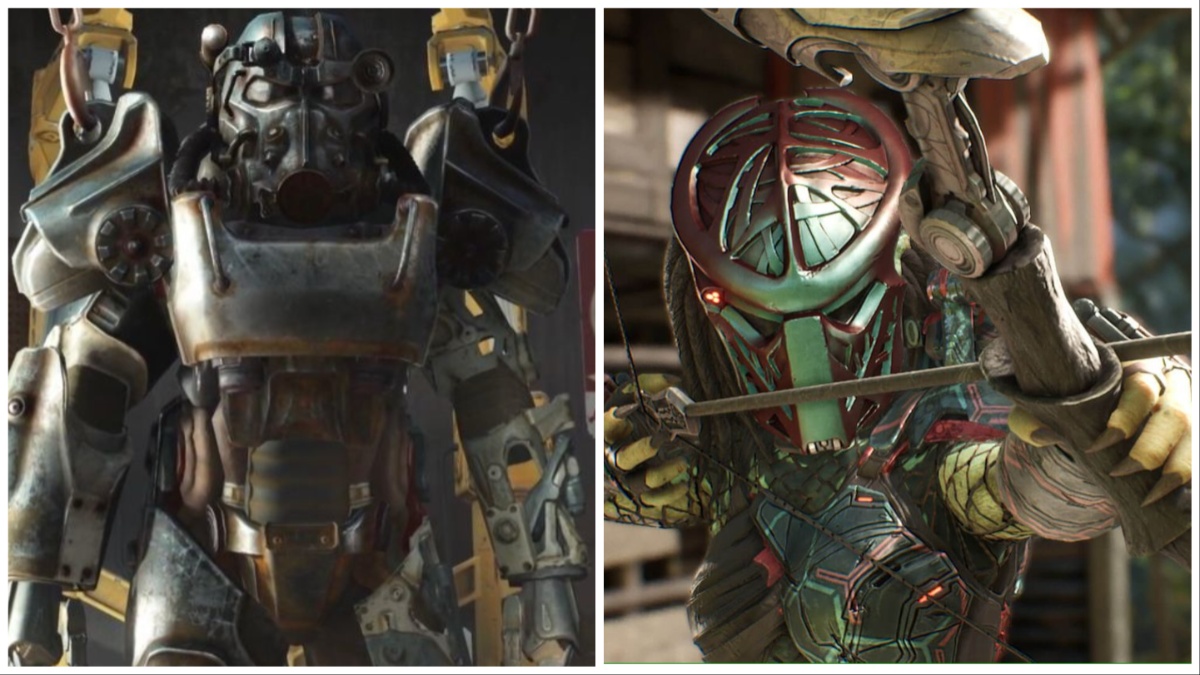

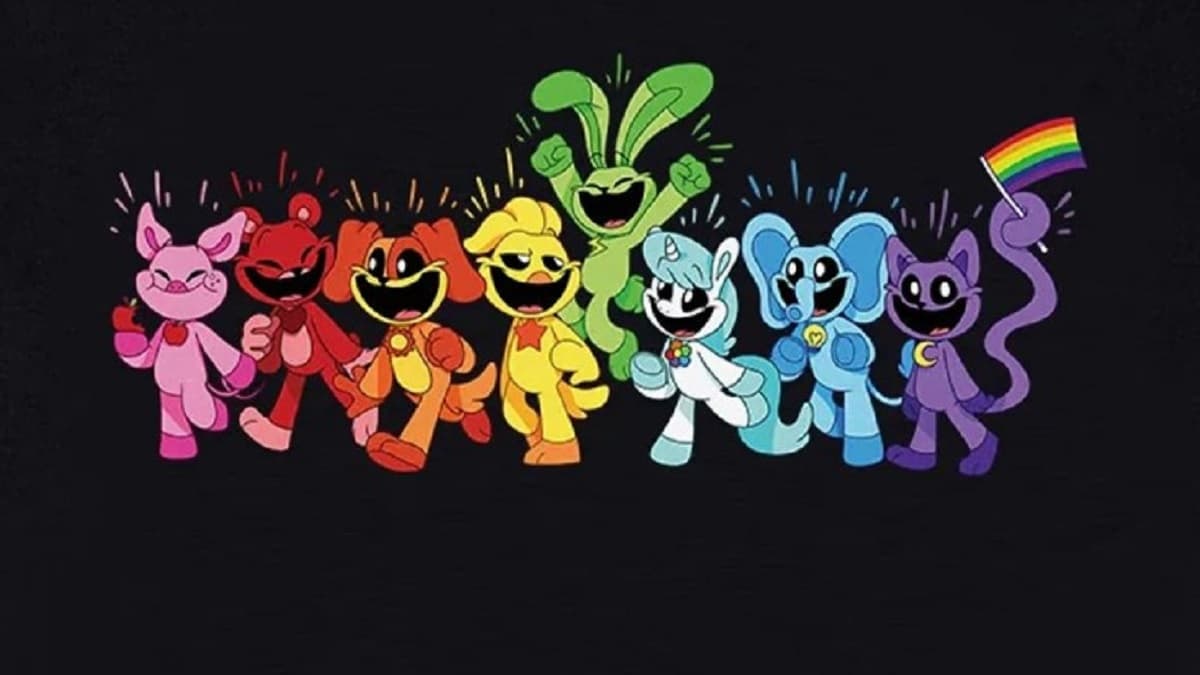
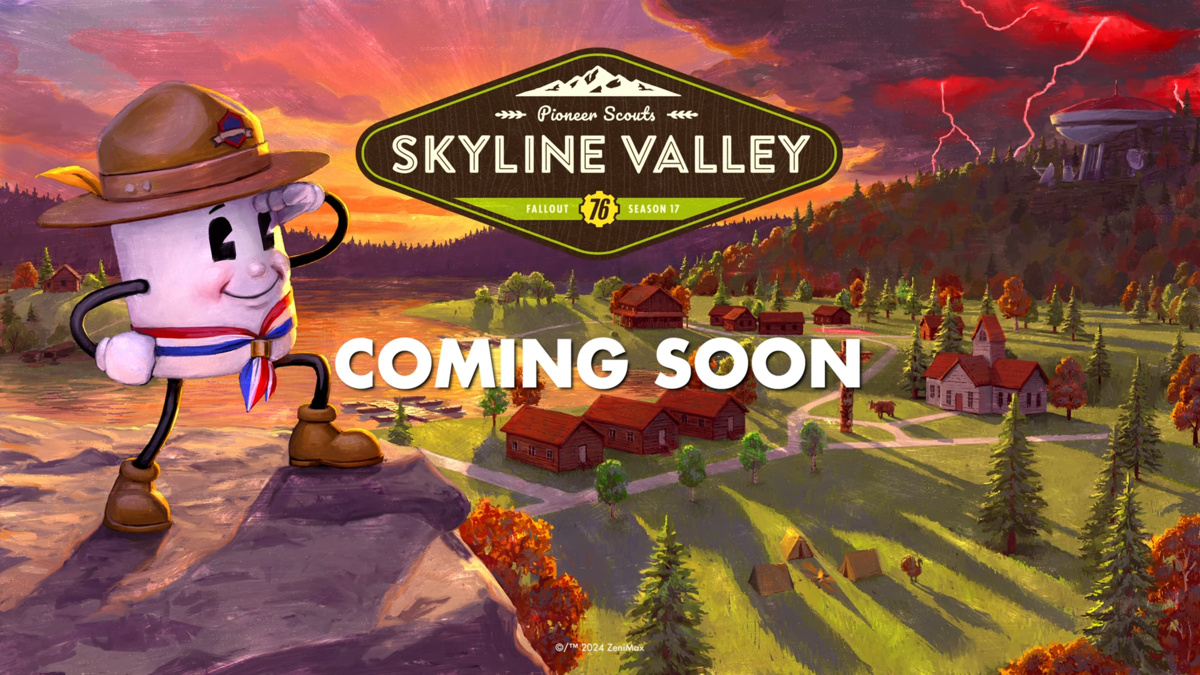
Published: Sep 30, 2013 11:44 pm